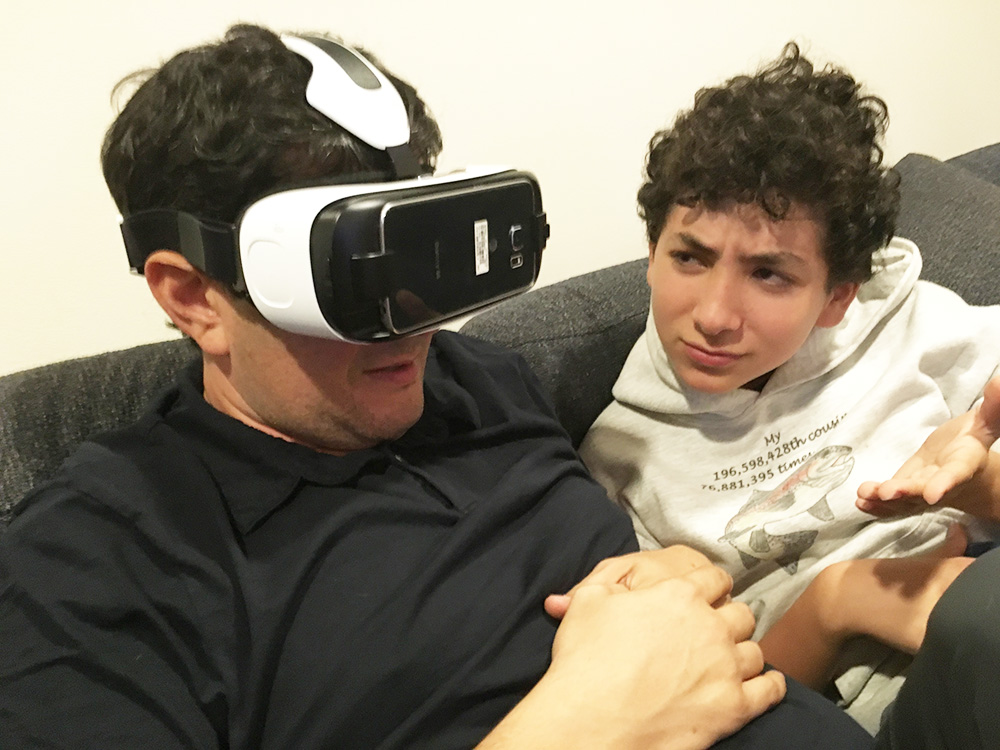
A lot of my friends have asked me why i’ve plunged into starting a new company, and, why / how i chose building a VR Video Platform specifically as an area for software innovation? I think i can succinctly summarize as: VR Video is *magical*, and things that are truly *magic* are f8cking cool and rarer than unicorns. I see a unique confluence in time for me, my skills, my passions, and a market need and opportunity. It’s only been about 90 days since I put on my first vintage 2015 VR headset (like many i had tried the 1990s era stuff which just made me vomit), and my Pixvana Co-Founders and I gave birth to our VR Video startup Pixvana this week.
Here’s why:
When i put on a HTC Vive headset for the first time and experienced the demos Valve has been showing in summer of 2015, i experienced a profound, complete, pervasive feeling of what I knew immediately to be what the VR industry calls “presence”. The sensation was right there with other must-try-in-a-lifetime, hard-to-describe-to-someone-who-hasn’t-done-it-yet experiences: falling-in-love, skydiving, scuba, sex, certain recreational mind-expanding drugs, finishing a marathon, watching my wife give birth to our boys… Specifically, for me, I experienced a sense of outer-body time and space travel: time stopped functioning on the normal scale of my daily routines, my body perception was replaced with something “virtual” that was not quite real but not quite fake either, and i was taken to far away imagined worlds–underwater, into robot labs and toy tables and several other places that while not photo-real in their rendering, felt and behaved in ways that were significantly real enough that it WAS REAL.
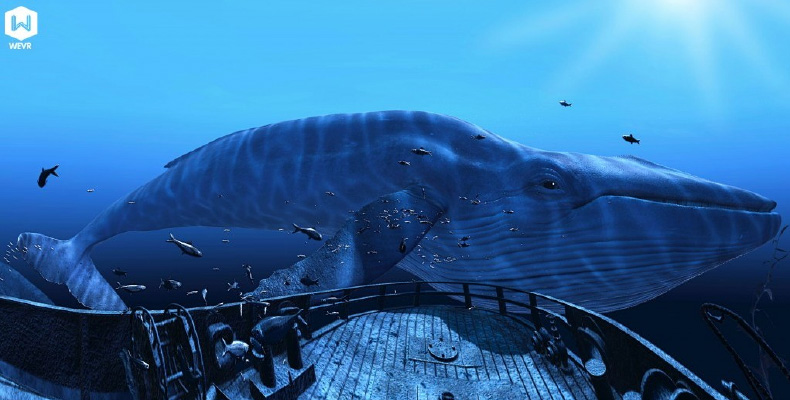
When i took the goggles off after that first experience, it took me a good 3-5 minutes to “come back”–just like landing in Europe after a long flight and sensing the Parisian airport as different than my home city departure equivalent, coming back from the virtual world took me a moment of reflection and introspection to balance the “wait a minute, where am i now”? It made me think of existentialism and some of my favorite Jorge Luis Borges short stories–my mind immediately considered “wait, am i still in VR and i am just perceiving another layer of possible reality, waiting to take off another set of goggles within goggles?” This wasn’t a scary thought or psychotic split, rather, a marvel at the illusion that i had just witnessed, like a great card trick from a magician–only it was my own mind that had played the trick on me…

In addition to the Steam VR experience (HTC Vive is just one hardware implementation, what I was really marveling at was Valve’s SteamVR vision and software–not the hardware form factor) in the last few months I’ve tried most of the other mainstream 2016 expected delivery VR experiences: Oculus Rift, Samsung Gear, Playstation’s VR, and a variety of configurations of Google Cardboard and various phones. In terms of delivering “presence”, without a doubt the Vive is on a completely different level–i’d rate it a 10 on a scale of 1-10, the DK2 Rift and Sony VR a 5, Samsung Gear a 3, and Google Cardboard a -5 (i’ll write more in detail about Cardboard in the future–suffice to say it is antithetical to creating any sense of presence, and it does VR an injustice to have so many of them floating around out there, suggesting a inferior experience is to be expected to all the unknowing consumers who have tried it and think they have seen what is coming in VR). But these distinctions between hardware systems this early in the market is really inconsequential. I believe that just like with mobile devices or PCs, within 5 years the hardware will become pretty uniform and indistinct (is there really any difference at all between a iPhone 6 and a Samsung Galaxy 6?), and the real business and consumer differentiation will be in the software ecosystems within the app stores and developer communities that will rise, as well as in the software applications that will be fantastic but will run cross-platform on all of these devices.
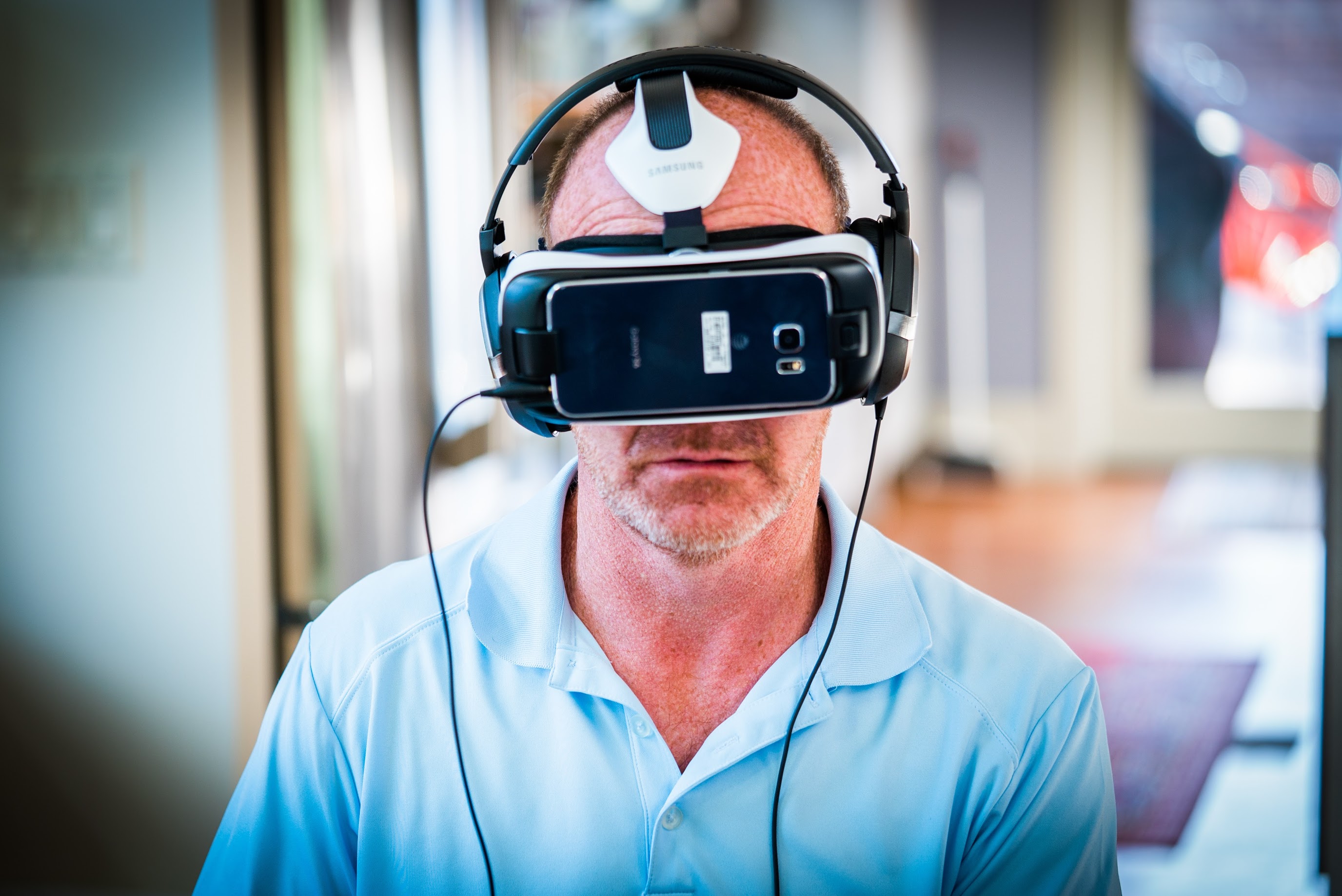
So for that reason, i’m much more interested in the content and software enablement systems that need to be built to enable creators to build cool shit that will be compelling and magical for consumers. The more magic experienced, the more VR consumption and headsets will be sold, and a virtuous business cycle of new content, demand for that content, more content creators, repeat….
It is clear to me that there are two (2) canonical types of content for these devices–3d CGI environments, and video/still image photography based content. 3D CGI material is very attractive and inherently magical, as it can fully render images that track the users head movement side to side and even at “full room scale” if she walks around and freely explores the environment. A pretty mediocre piece of VR content in 3d CGI on the Vive is pretty darn amazing. A great piece of CGI VR is astoundingly cool (eg: WEVR’s theBlu Experience.
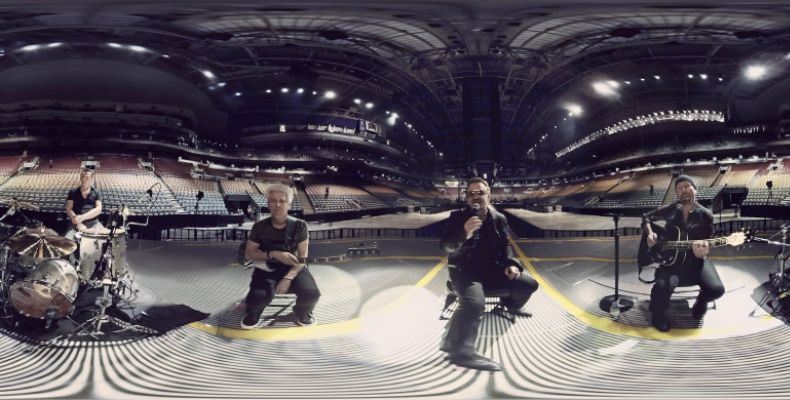
On the other hand, even a really great VR video can be pretty darn “meh” on any of the VR headsets, and pretty darn awful and nausea producing on a bad VR headset (‘wassup Google Cardboard!). But it won’t be that way for long–this is more a reflection of the nascent state of VR video than of a fundamental problem with the medium. VR Video Content and the technology to shoot, prepare, fluff, and deliver for playback of VR video will follow a rapid improvement cycle just like other new film mediums have enjoyed. Consider:
In the late 1890s when motion pictures were being introduced, Vaudeville was the mainstream performance art form and most early cinema consisted of “filmed vaudeville”. Within 20 years, unique storytelling technology and production and editing techniques were introduced with films such as the Great Train Robbery, and various intercutting techniques between very different camera compositions (wide shots, close ups, tracking shots, etc.) started to tell stories in ways that bore no resemblance at all to vaudeville’s tropes. This transition from Vaudeville-to-cinema was ~1900-1950 phenomena which included the addition of audio in the 20s and color in the 40s and large format wide aspect ratio spectaculars like VistaVision and Cinerama in the 1950s.
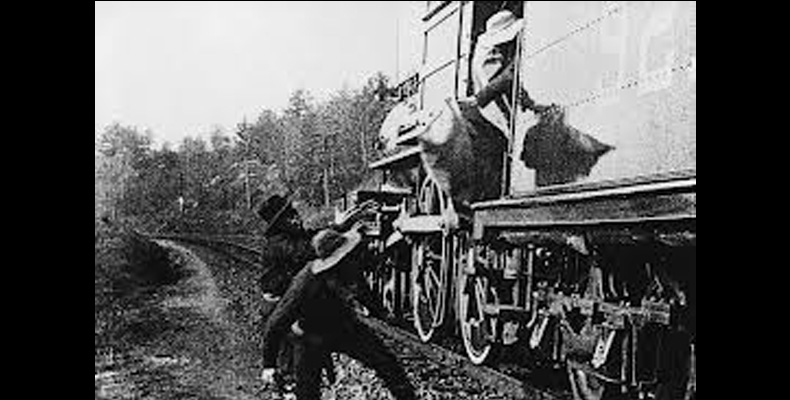
Television came next and introduced live broadcasting and recorded programs which were stored on tapes in both professional (and later) for consumer distribution on VHS/Beta. Editing was done as “tape-to-tape” transfer, cumbersome and time consuming and actually slower than just cutting film pieces together on a Moviola.

In the 1990s when i worked at Industrial Light and Magic, the first digital effects and digital post-production projects were just being introduced. When Jurassic Park was made in 1993 there were less than 30 digital effects shots with CGI creatures, but 5 years later there were films being made with 1000s of shots and some that were color graded digitally and thus 100% processed through computers. In that same timeframe non-linear editing tools like the Avid made it so much quicker and time efficient to edit, that editors started to cut films in a whole new style that was much more rapid and varied–it is incredible to watch a sampling of films from the 1985-92 period, and compare them to those from 1996-2000. My teenage sons see the earlier films as i might see a 1922 film pre-sound/color. The analog-to-digital-cinema production transition was perhaps a 1990-2009 transition that started and ended with James Cameron films (The Abyss was the start, and Avatar as the culmination in its perfection of blending digital and analog content seamlessly).

In the 2000s the web was the big disruptor, and technologies like Quicktime, Flash, Silverlight, Windows Media, and the enabling web infrastructure have pushed televisions which were once broadcast reception devices, into on-demand streaming playback screens for web-content and DVR playback. My household is now dominated by Youtube (which consumes my teenagers free time at all hours of the day on their phones) and Netflix and HBO GO (which dominate my wife and my evenings). Early web-video was mostly inconceivably small and crappy looking, but by 2010 was of the highest quality and matched master recordings in resolution and fidelity.
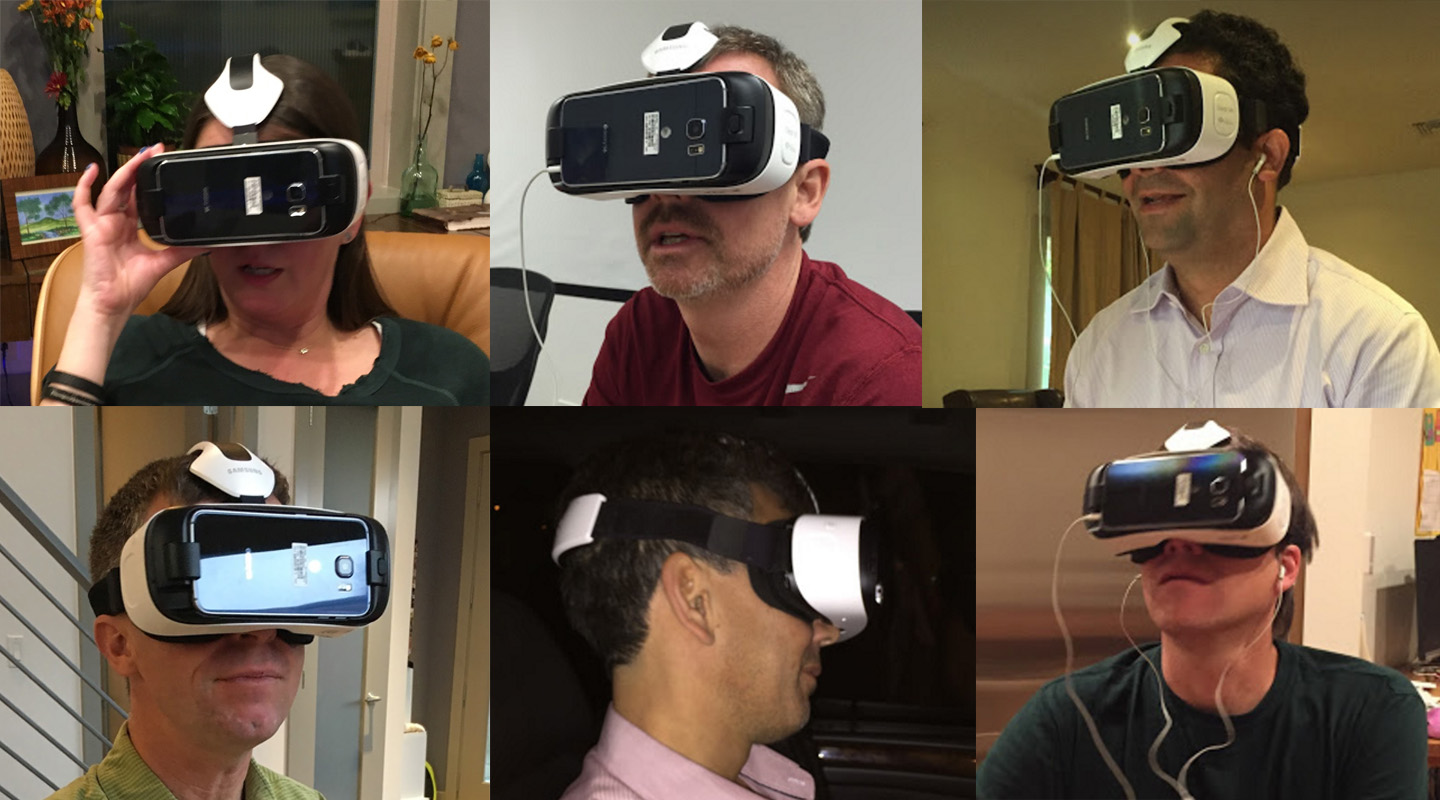
Which brings me to VR Video. It is clear to me that VR Video will disrupt other forms of video consumption and viewing in a similar manner, and following the trend of other media tech adoption, will do so in a much shorter time frame. There is so much to do, so much to build, so many creative problems to solve. I’ll write more about that soon–but for my friends that have asked, now you know the context for my excitement about VR Video.
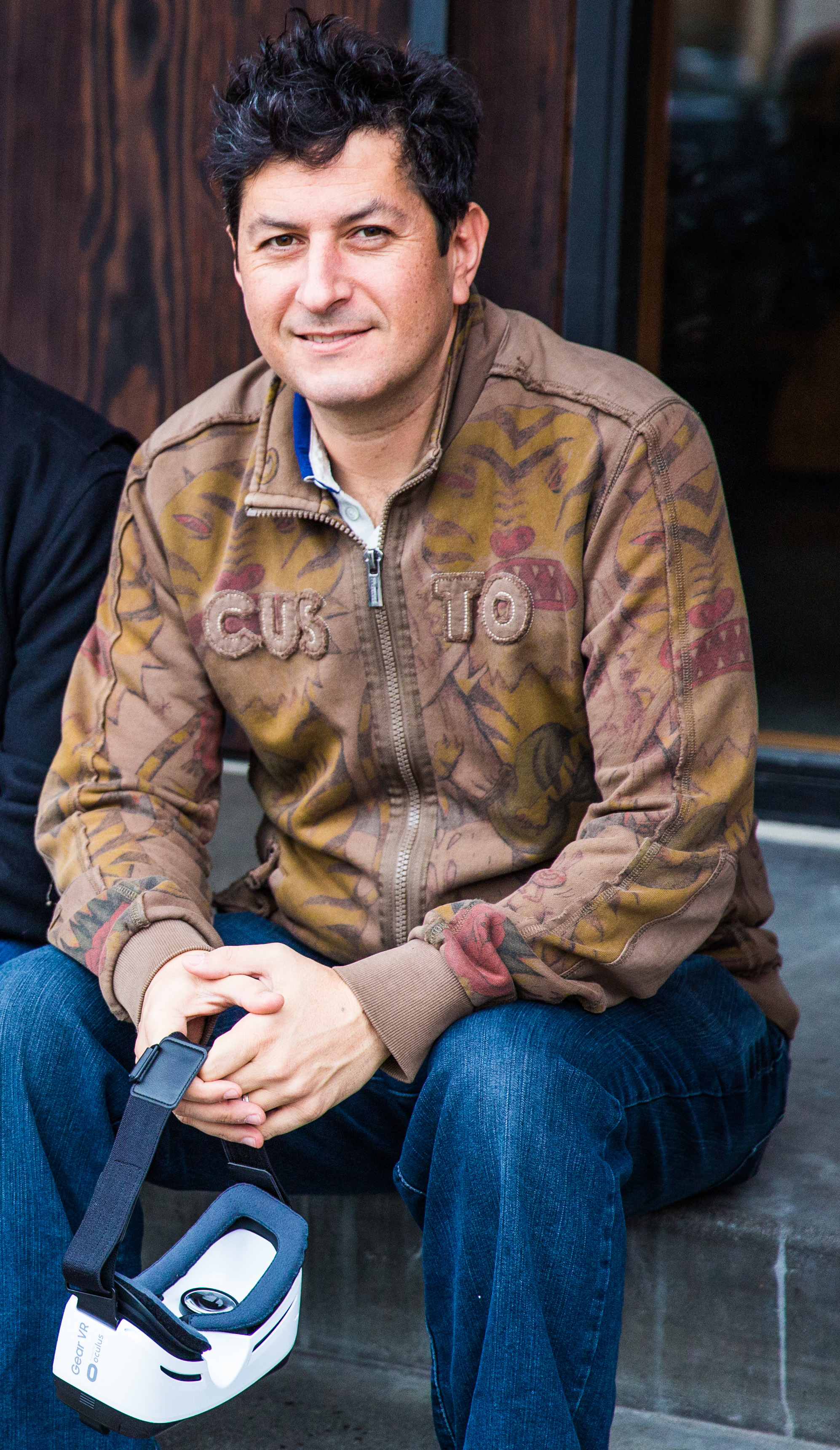


6 replies on “Why VR Video Will Be BIG”
Awesome! Passion, innovation and so much coolness jumping off my screen right now. Get em’, Pixvana! Congrats to you and your partners, Forest. Look forward to witnessing another game-changer. #Pixvana
I just tried to describe ‘presence’ to a group of friends after trying VR headset for the first time. I even made some of the same comparisons to sky diving, which is so totally different than any preconceived notion I had of the experience. I immediately brought it in to work to share with colleagues. We all agreed that it is the first new mind-blowing consumer tech in a long time. Fun to get to play with magic again.
Agree
Let the new adventure begin! Great overview Forest. I believe the most challenging and rewarding part of the adventure will be designing the sensory grammar for this new medium
Yes I think sensory cues and tolerances will be huge factor, agree
I wanted to say ‘cinematic’ grammer but changed my word to sensory because the term cinema is too entrenched in an existing medium. However your example of the invention of cinema techniques post Great Train Robbery is right on.